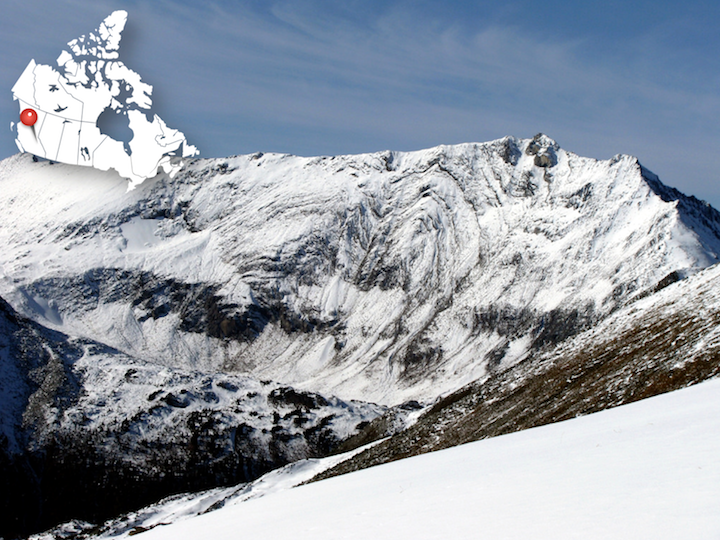Chapter 13. Geological Structures and Mountain Building

Chapter Goals
Complete this chapter so you can:
- Describe the types of stresses that affect rocks.
- Explain how rocks respond to those stresses through brittle, elastic, or plastic deformation.
- Explain how rocks become folded and know the terms used to describe fold characteristics.
- Describe the conditions under which rocks fracture.
- Describe the different types of faults (normal, reverse, thrust, strike-slip) and the stresses that create them.
- Describe the different ways in which deformation of Earth’s lithosphere builds mountains.
- Measure the strike and dip of a geological feature, and plot the information on a map.
Introduction
Folds, like those in the centre of Figure 13.1, are a common feature of mountain belts. Have you ever wondered how something as hard as rock could flex and bend to make folds, and what forces are required? Geologists have.
Observing and analyzing geological structures helps us to understand the kinds of forces that affect rocks, both on small scales, and on scales as large as tectonic plates. With that knowledge we can understand how plate tectonic processes change the shape of Earth’s lithosphere. We can also piece together a history of past changes, including how mountain belts are formed. Structural geologists make careful observations of the orientations of breaks and bends in rocks, and can compile those measurements into maps of geological structures. These maps can be valuable tools for finding mineral resources.

